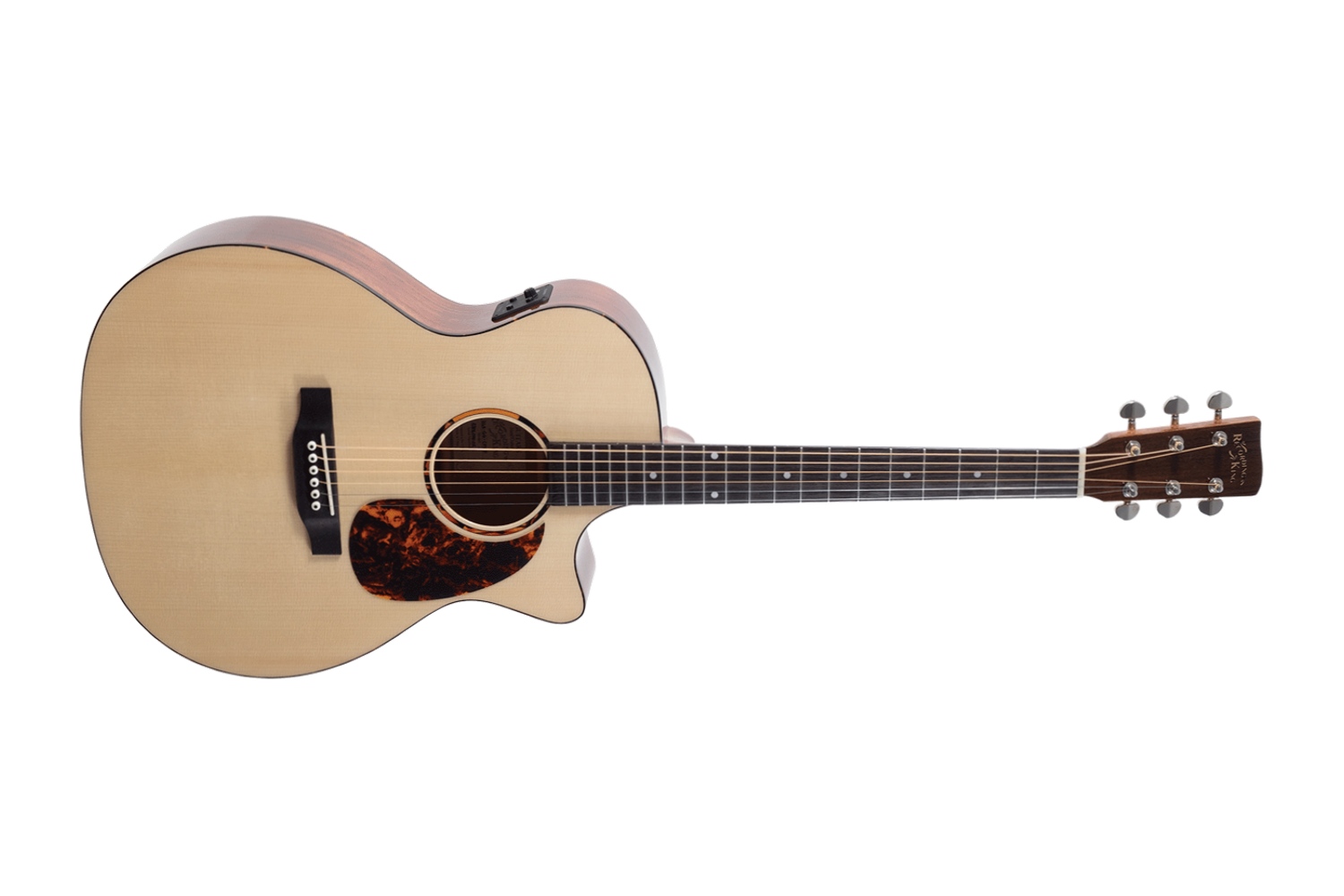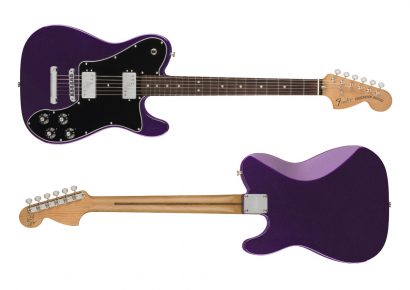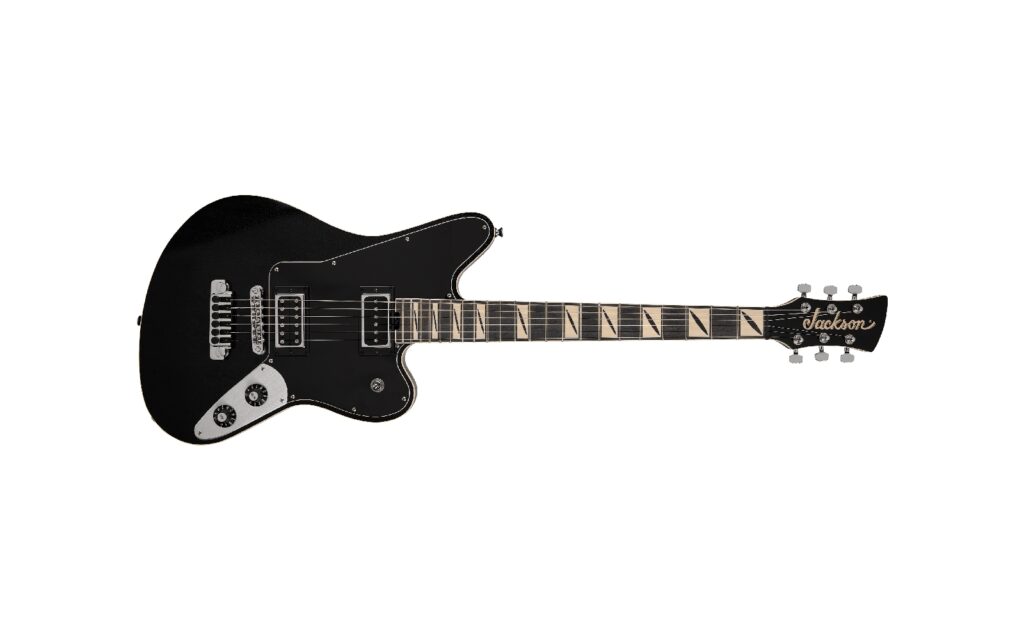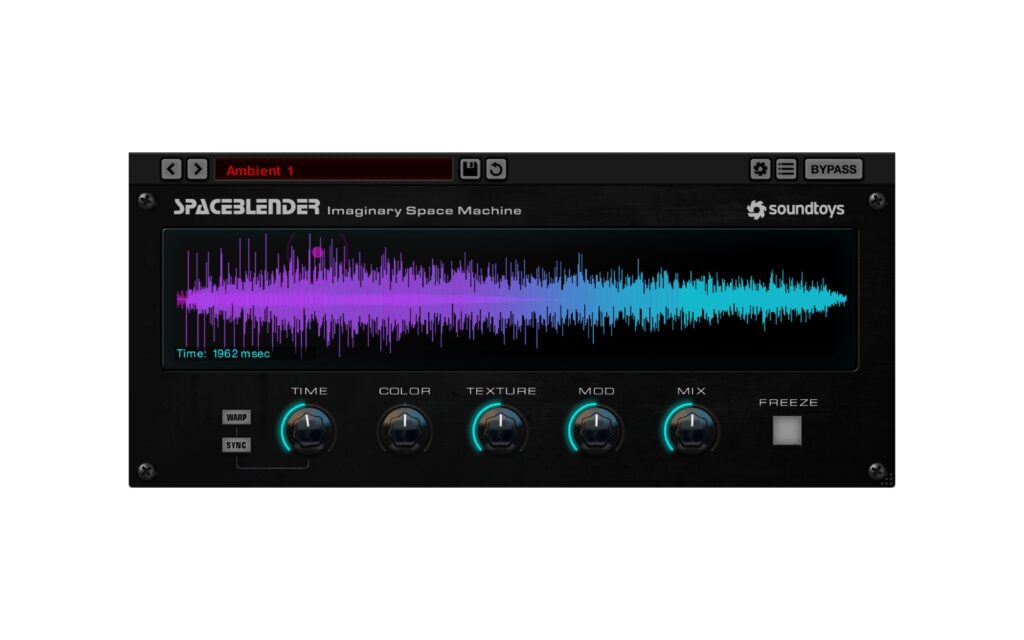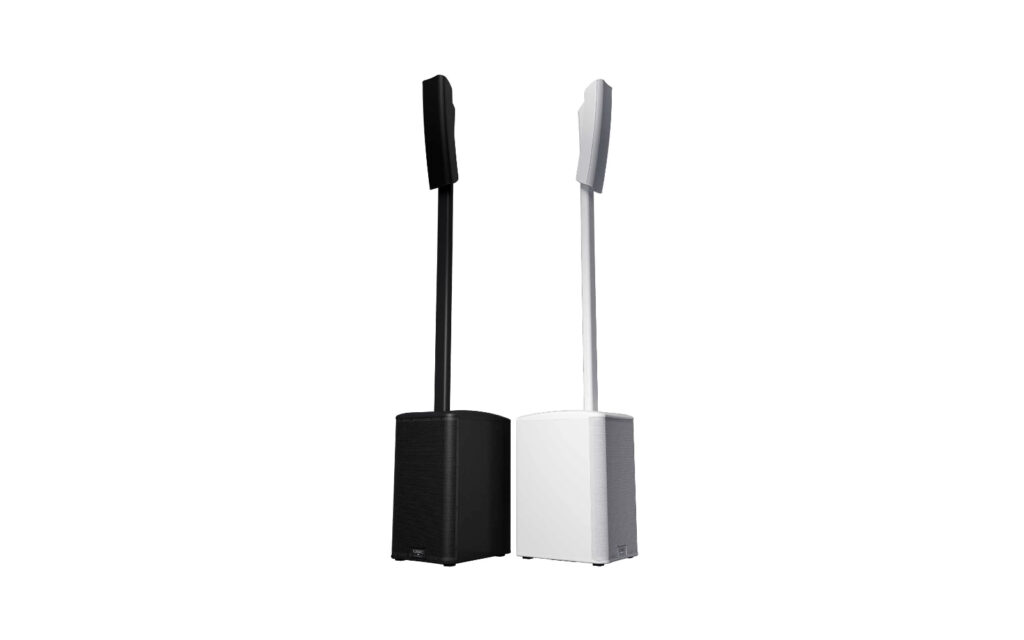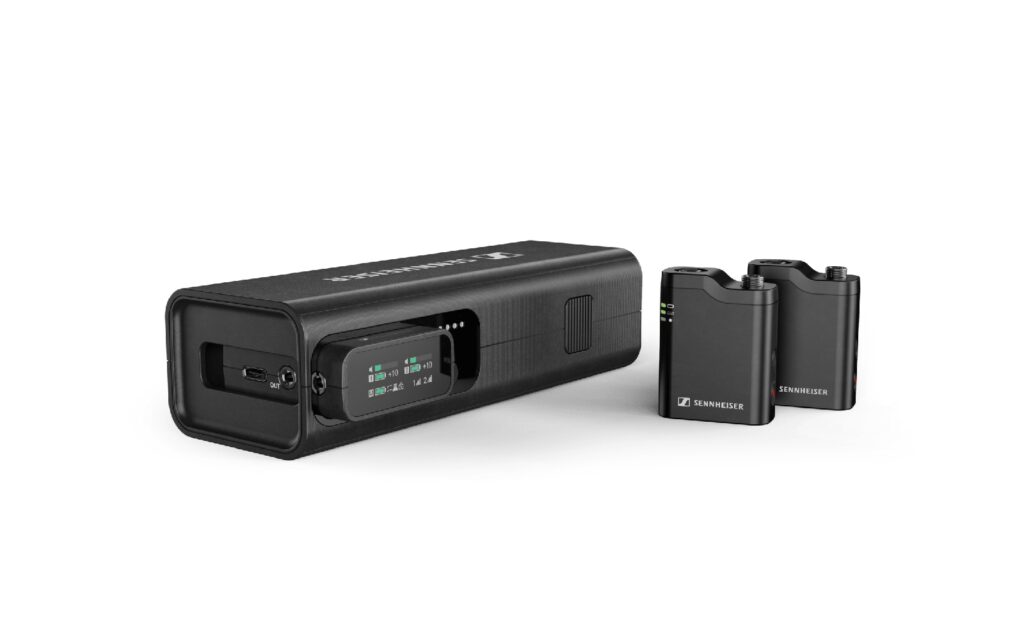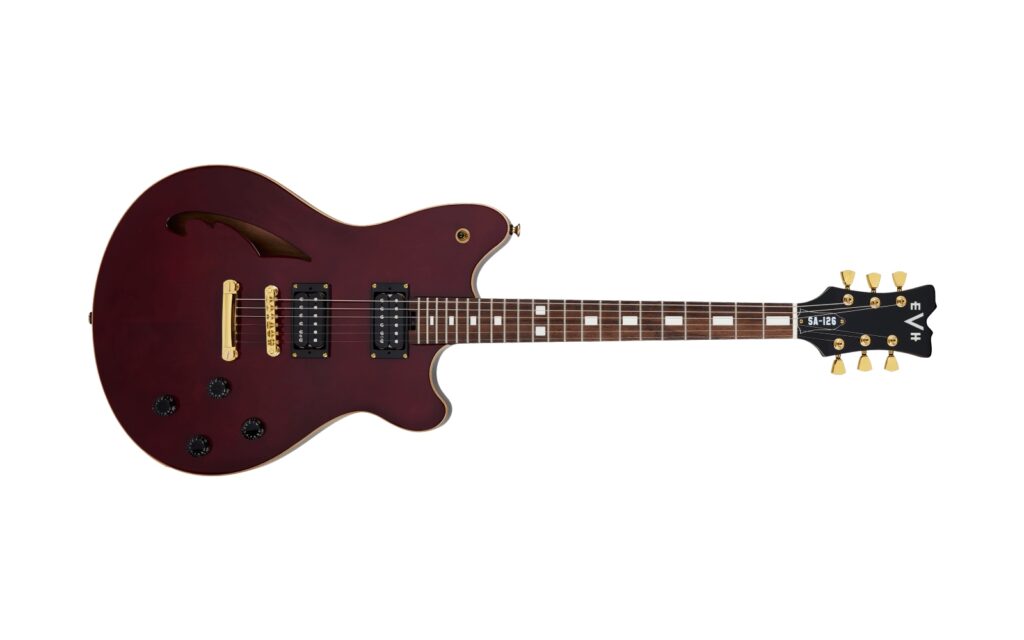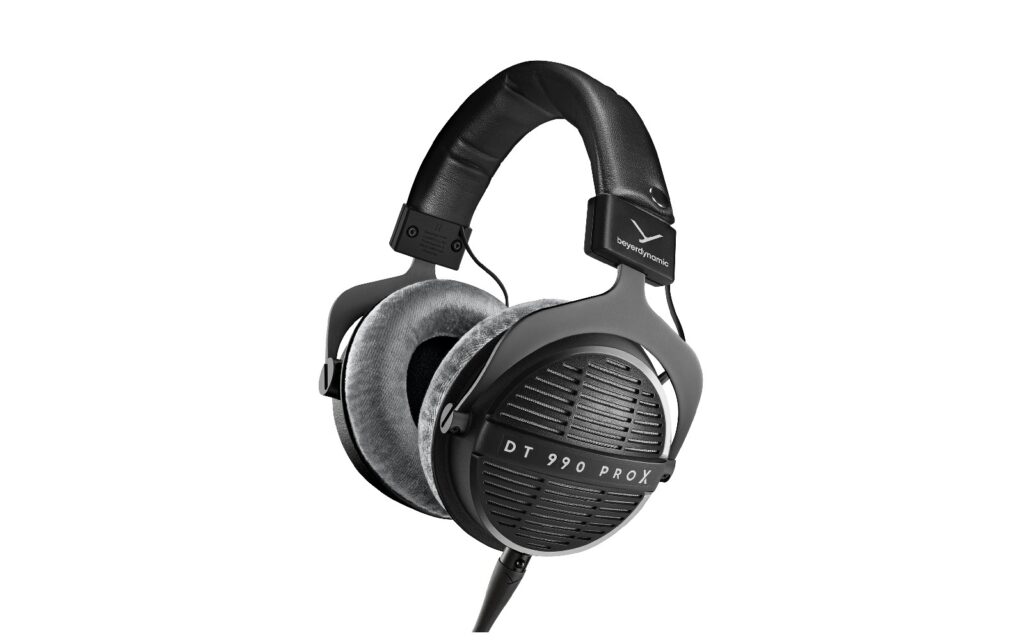EGM Distribution | RRP: $899
Since the 1930s, Recording King has been producing high-quality acoustic guitars and banjos. While the ownership of the company has since changed hands, their careful craftsmanship and many of the traditional manufacturing methods have continued to their present models, which now possess modern features for the modern player.
The Grand Auditorium Cutaway guitar from Recording King’s G6 Series is no exception to these qualities, offering musicians a well-made acoustic guitar that projects well, and has sweetly balanced tonal characteristics.
Read more gear reviews here.
The body of the Recording King G6 Grand Auditorium is constructed with stunning mahogany back and sides and capped with a solid spruce top, with the natural grain of these woods visible under a light, glossy clear coat. These tonewoods together form what is a fairly typical shape for a grand auditorium guitar – plus the cutaway – with the larger lower bout and tighter waist respectively aiming to increase the projection of volume and playing comfort of the guitar.
The neat fit and finish of this guitar nicely complement its overall aesthetic and ornamentation, such as the matching tortoiseshell design of the pickguard, body binding, and soundhole rosette inlay alike. The mahogany neck – attached to the body by a sturdy dovetail joint – is capped by a revebond fretboard, with this material also utilised for the bridge. The pau ferro headstock veneer is inlaid with a classic look ‘Recording King’ logo, a design that harks back to a simpler time in guitar manufacturing.
Picking the guitar up for the first time, it is immediately apparent that Recording King has placed priority on the playing comfort of the G6 Grand Auditorium. While the neck of a typical acoustic guitar often joins to the body at the twelfth fret, this model joins at the fourteenth. This positioning, in addition to the generous cutaway at the upper bout, means that the player has genuine and comfortable access to the entirety of the 20-fret fretboard.
![]()
The neck profile may be described as slightly chunky, being reminiscent of what one would expect from a ‘50s to ‘60s style neck, though not to the point where guitarists with smaller hands would be burdened. Thanks to some tastefully wide string spacing, this guitar excelled at providing balance in different playing scenarios; from strumming and rasgueado to plucking and fingerpicking, as well as in playing both chord shapes and single note leads with the left hand. The larger neck profile, in addition to the nicely wide string spacing would likely make transitioning from a nylon-string classical guitar a fairly seamless process.
This impression of playing comfort in the neck’s construction reassuringly carried through to the body of the G6 Grand Auditorium. Compared to a dreadnought of a similar size, the smaller waist of the grand auditorium is conducive to a more natural position when played sitting down, without compromising tonality in doing so. Lastly, the familiar string height and spacing at the bridge made changing between right-hand picking techniques an effortless experience.
In accordance with its typical shape, the G6 Grand Auditorium has quite a balanced sound, with some extended response in the lower-middle ranges. Overall, this guitar sounds to produce a ‘scooped’ frequency response, with some of the middle and upper-middle frequencies subdued, allowing the depths of the lows and the clarity of the top end to shine through. These tonal characteristics provided a nice dimension to the sound, particularly apparent when strumming or arpeggiating larger chords that spanned all six strings.
Perhaps the most notable sonic characteristic of the G6 Grand Auditorium is just how well it projects – this thing is loud! When considering that the lateral string spacing is ideal for fingerpicking, this is a perfect pairing, as fingerpicking can at times be quieter than desired on a smaller-bodied guitar than this one. This guitar’s ability to move air is likely due to the fully scalloped X-bracing which backs the solid spruce top, optimising the resonance of the guitar without providing dampening to its skeleton. It was reassuring to observe that the balanced tone of the RGA-G6-CFE5 was fairly consistent at different volumes – from quiet and articulate fingerpicking, through to accompanying vocals by strumming open chords with a plectrum.
When the G6 Grand Auditorium’s bellowing acoustic volume is not sufficient alone, this guitar is also fitted with Fishman Presys I electronics. While a selection of condenser microphones would definitely be preferable in attempting to capture the sweet warmth of this guitar, particularly the lower frequencies behind the bridge, the included electronics do an absolutely suitable job of enabling clear amplification of the acoustic sound through an amplifier. Additionally, the Fishman Presys I provides the guitarist with a few nifty options; such as phase and contour control toggles and a built-in tuner, making this guitar well suited to both studio and stage playing environments.
The Recording King G6 Grand Auditorium Cutaway is a well-constructed acoustic guitar that provides the player with increased fret access and overall playing comfort to a classic body shape. With a detailed, scooped sound, and the inclusion of versatile electronics, this is a great option for the modern guitarist after a high-quality grand auditorium at a competitive price point.

Head to Recording King for more information. For local enquiries, reach out to EGM Distribution.
